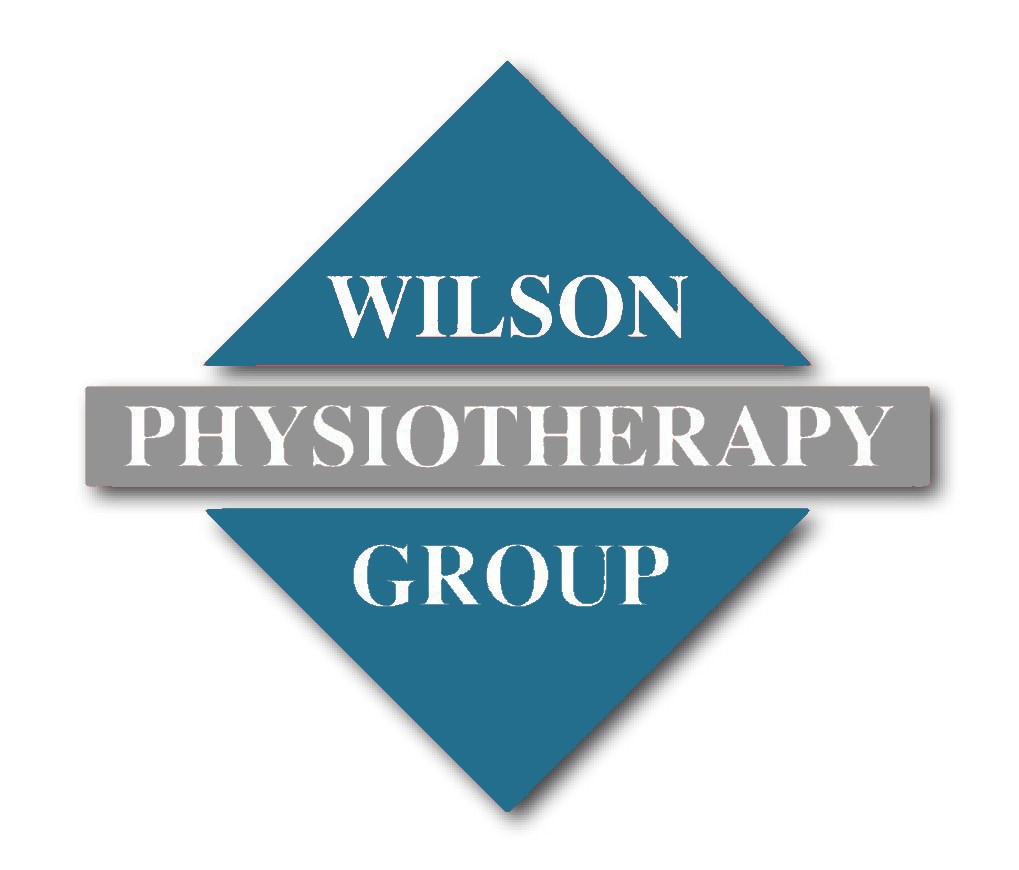Got a pain in the head? Maybe it’s coming from your neck.
A headache can happen for many reasons from dehydration, head trauma or concussion to brain tumours and blood clots. Most of the time headaches are not serious, however if you are experiencing a headache that is constant and never changes position or the headache is severe and feels like the worst headache of your life, then seek medical advice immediately.
Cervicogenic headaches are caused by referred pain from the neck. These headaches are more common than you think, and can encompass tension type headaches, headaches behind the eye and migraines. Previous head and neck trauma, such as a car accident or fall, and being hypermobile (learn about hypermobility here), are risk factors for having cervicogenic headaches.
How does your neck cause pain in your head?
The upper vertebrae of the neck are often the cause of cervicogenic headaches. They surround the brain stem. The brain stem is the structure which controls the flow of messages between the brain and the body. It also controls bodily functions such as breathing, heart rate, blood pressure and consciousness.
After neck trauma, an intervertebral disc in the neck can become sensitive and activate the nerves coming out from the neck. These nerves supply small muscles in the neck that attatch to the vertebra to allow our neck to move. If these muscles spasm, that can slightly rotate the vertebra. When this occurs, it causes an irritation to the brain stem. This means the brain stem becomes highly sensitive and starts to confuse the pain messages from the brain and where they are coming from. This is why the pain is referred to your head rather than felt in the neck. It can also cause many other symptoms often associated with headaches and migraines including: nausea, vomiting, blurred vision, light sensitivity, as well as sound and sensory disturbances known as auras. Come in to the clinic and one of the physios can explain this process with the help of our 3D model.
Another mechanism can be stiffness in the vertebral joints. When the neck has suffered trauma, the joints become stiffened and tightened with scar tissue after the healing process. In someone that is hypermobile, repeated small movements of the neck can cause the same damage as the ligaments are not as strong to be able to withstand these movements. The joints in our neck are supposed to move. When they become stiff and don’t move properly, the body recognises this and causes pain that is referred to the head. Weakness and poor muscular stability in the postural muscles supporting the spine, as well as poor awareness of neck position often follows. This further perpetuates the problem and causes a vicious cycle of tightness and pain.
One of these joints is between your skull and the first vertebra. This is called the O-C1 joint. Stiffness in the O-C1 joint causes tension type headaches or headaches around the forehead. Stiffness in the C2-3 joint, between the second and third vertebra causes headaches behind or around the eye.
How can physiotherapy help?
If we can reproduce or cause your headache by applying gentle mobilisation to the joints in your neck then we know that we can help you. If we couldn’t cause your headache then other causes would have to be investigated, in which case we would refer you to another specialist or your doctor. When you are treated the neck is never ‘cracked’ and our mobilisations are safe and effective, targeted to the problem joints and muscles.
We use the Watson Headache techniques, which are supported trials on over 8000 patients. It has been shown to be effective in over 80% of patients with headaches or migraines. When you are treated and the neck is causing your headache, it becomes obvious that the neck is involved, as the headache is reproduced and resolved during the treatment. The ability to decrease the intensity of the headache and in most cases, get rid of it completely within a treatment session is what our treatment aims to do. Reproduction and resolution of the headache is the key to treating and diagnosis of headaches and migraines caused by the neck. Once the headache is under control, and the neck is less sensitive, we can work on the muscular support around the neck to prevent the headaches from coming back. Many of our clients improve with a home exercise program, as well as some clients choosing to do guided exercises in our Clinical Pilates classes run by highly skilled physiotherapists.
Chloe Burger, Physiotherapist


